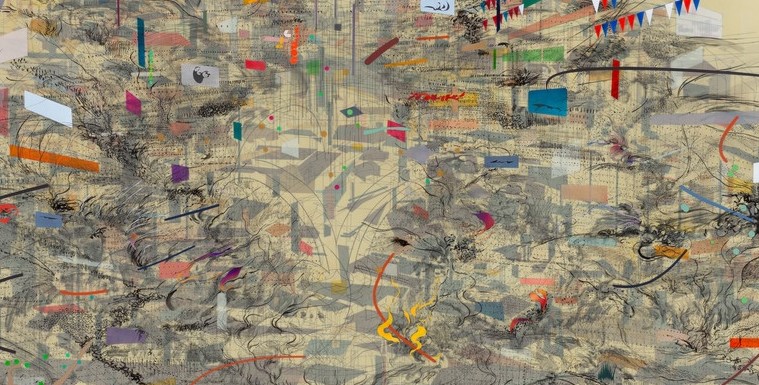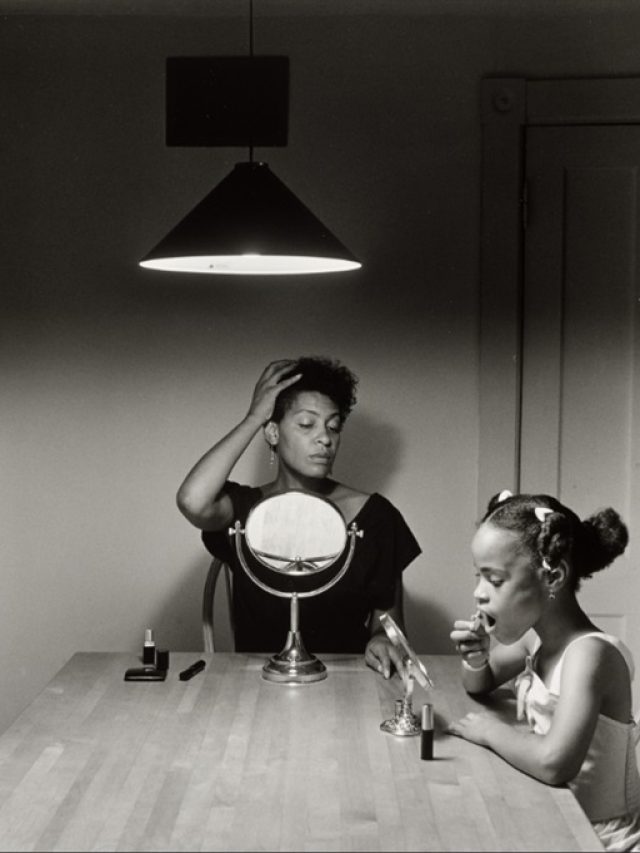African-American artists have made significant historical contributions that are vivid threads that weave stories of resiliency, inventiveness, and cultural revolution. Black artists have been crucial in determining the direction of art and society, from the Harlem Renaissance to more recent displays of creative genius.
Their creations go beyond simple representation; they make bold statements that subvert social mores and give voice to frequently ignored realities. This investigation delves into the lives and contributions of trailblazing African-American artists whose paintings, compositions, dialogue, and gestures have not only decorated historical records but also profoundly impacted the global human consciousness.
In addition to influencing the artistic landscape, these trailblazers have become cultural change architects, shattering stereotypes and opening doors for a future in art that is richer and more inclusive. Come along with us as we explore the kaleidoscope of creativity and the lasting influence of these trailblazers whose contributions to art have impacted history.
Alma Thomas
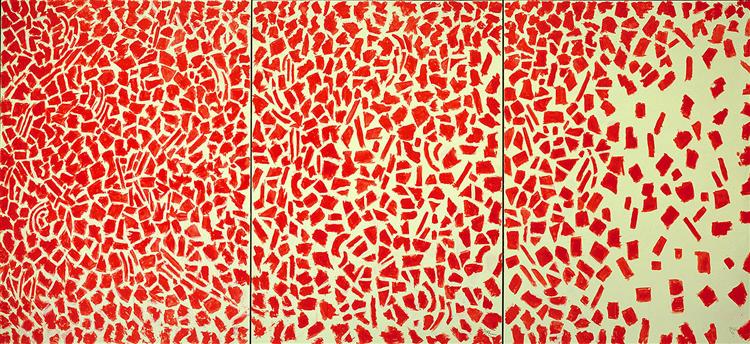
Alma Thomas was an African-American artist who persistently pushed the frontiers of colour and shape, making her mark on the annals of art history. Thomas began her artistic career when there were few chances for African-American painters, having been born in Columbus, Georgia 1891.
Thomas first sought a career in teaching, graduating from Howard University with a bachelor’s degree in 1924 and a master’s degree in fine arts in 1934. Teaching art to successive generations of students occupied her early years, but she didn’t fully commit to her artistic endeavours until after her retirement in 1960.
Thomas’s distinctive style evolved during the colourful Washington Color School period, which investigated colour theory and abstraction. Thomas started experimenting with bright, vibrant patterns and colours in the early 1960s, well into her sixties, and this led to the development of a unique visual language that would eventually become her trademark.
William Edmondson
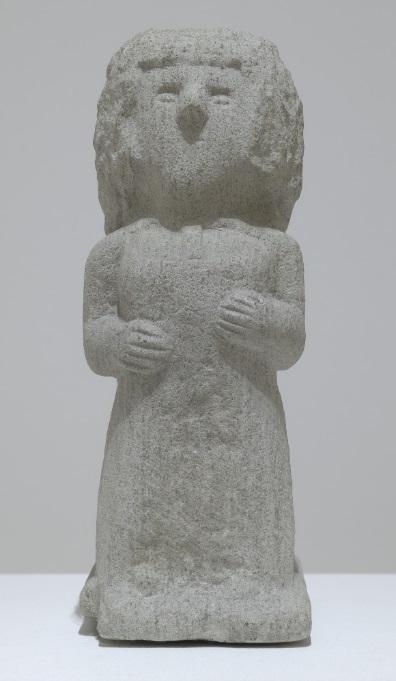
William Edmondson impacted American sculpture history despite growing up in a setting of racial segregation and financial struggle in Nashville, Tennessee. Self-taught, Edmondson’s compelling story of going from being a labourer to being the first African American to have a solo show at the Museum of Modern Art (MoMA) showcases his creative ability and unwavering spirit.
At age 57, Edmondson started sculpting after feeling a spiritual mission to create tombstones. He carved figurines out of limestone blocks based on myths from the Bible, animals, and ordinary people. His art frequently displayed a deep spiritual profundity, demonstrating his relationship to his faith and the outside world.
Edmondson’s sculptures in his backyard in 1937 attracted much attention to his work. His work was found by photographer Louise Dahl-Wolfe and MoMA director Alfred Barr, who included him in the ground-breaking 1937 show “Contemporary Unknown American Sculptors.”
Jacob Lawrence
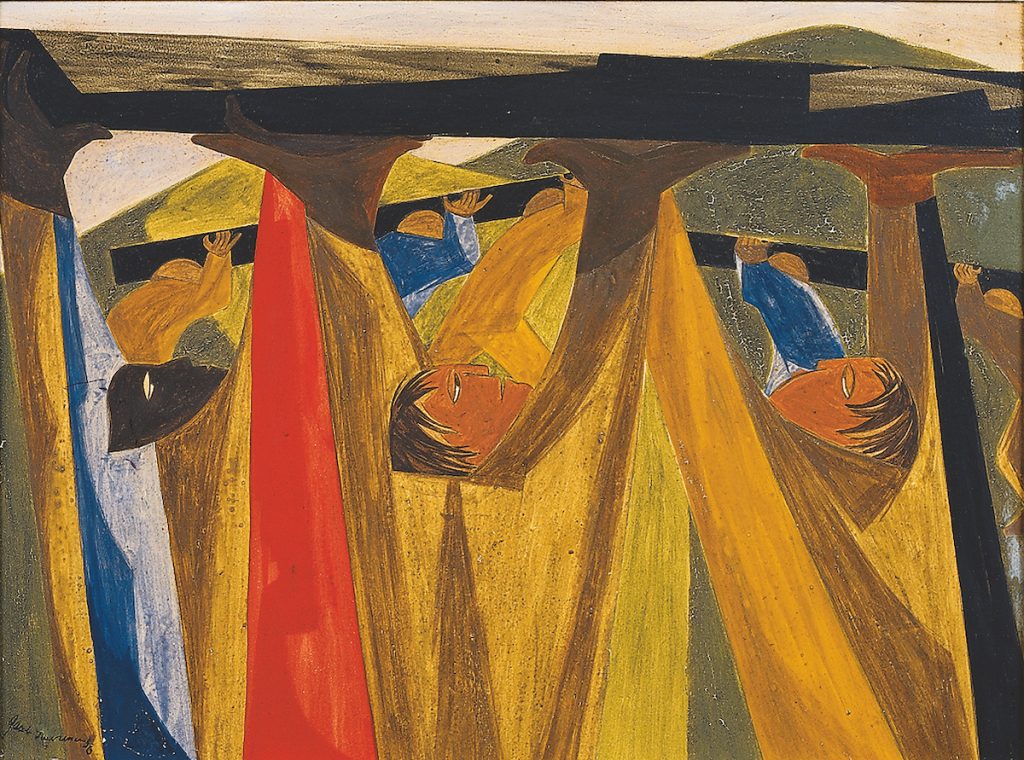
from Struggle: From the History of the American People, 1954–56, Panel 29, 1956, location unknown. © 2019 The Jacob and Gwendolyn Knight Lawrence Foundation, Seattle / Artists Rights Society (ARS), New York
The great American artist of the 20th century, Jacob Lawrence, went above the confines of his day to become a great storyteller and a significant character in African-American history. Born in 1917 in Atlantic City, New Jersey, Lawrence became well-known for his striking visual reporting and made a lasting impression on the art world.
Lawrence, who was 23, became well-known when he painted “The Migration Series,” a breakthrough series of paintings (1940-1941). The Great Migration, the vast migration of African Americans from the rural South to the industrial North, was eloquently portrayed in this collection of sixty panels. Lawrence captured his people’s challenges and ambitions through vivid colours, sharp shapes, and a unique visual language that captured the spirit of the migratory experience.
Gordon Parks
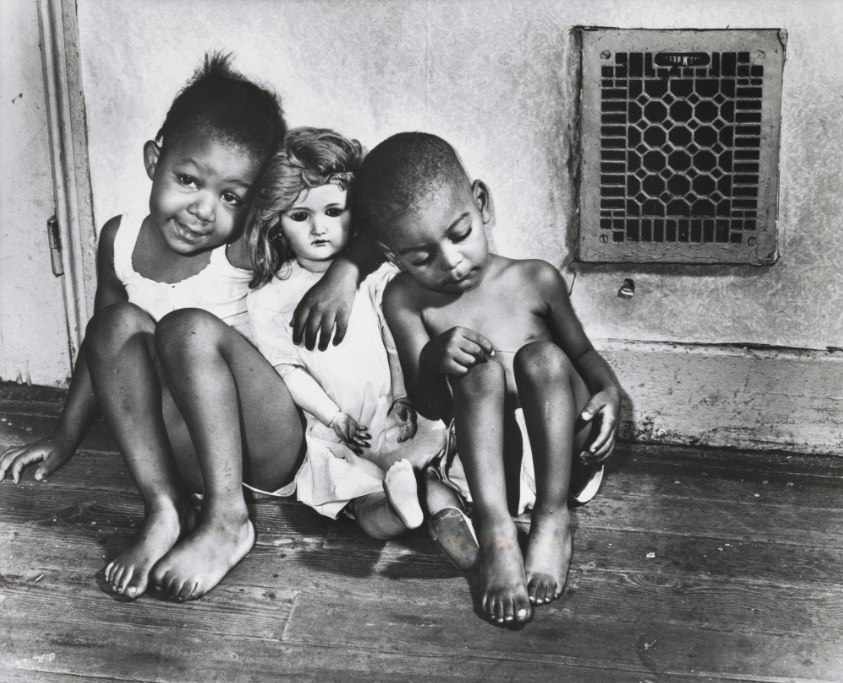
Gordon Parks, a trailblazing figure in American photography and cinema, used his camera as a potent instrument for creative and social transformation. Born into poverty in 1912 in Fort Scott, Kansas, Parks overcame hardship to become a multidimensional artist whose work was marked by a strong dedication to social justice and visual brilliance.
In the 1930s, Parks started as a photographer, portraying the harsh reality of living through the Great Depression. His early pieces, including “American Gothic, Washington, D.C.” (1942), demonstrated his talent for telling stories and turning ordinary sights into gripping narratives.
Melvin Edwards
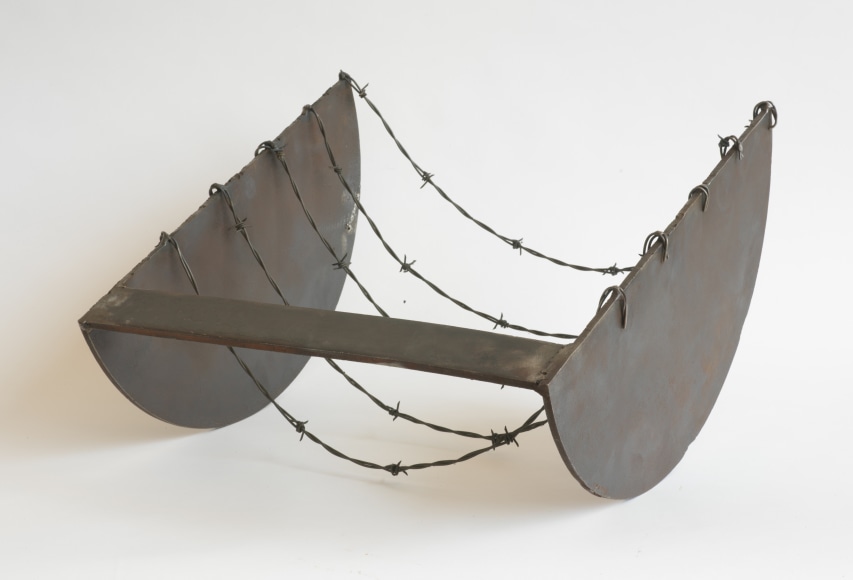
The renowned sculptor and visual artist Melvin Edwards has profoundly influenced modern art because of his inventive use of metal and commitment to examining racial, historical, and personal topics. Edwards, born in Houston, Texas, in 1937, became well-known in the American art world after World War II and made significant, thought-provoking contributions to the development of sculpture.
As a critical player in the Black Arts Movement, a cultural and artistic movement that aimed to develop a distinctive African-American aesthetic, Edwards became well-known in the 1960s. During this time, he frequently used industrial materials—like steel—to build elaborate, abstract sculptures that examined the connections between African heritage, the diaspora, and the civil rights movements.
Martin Puryear
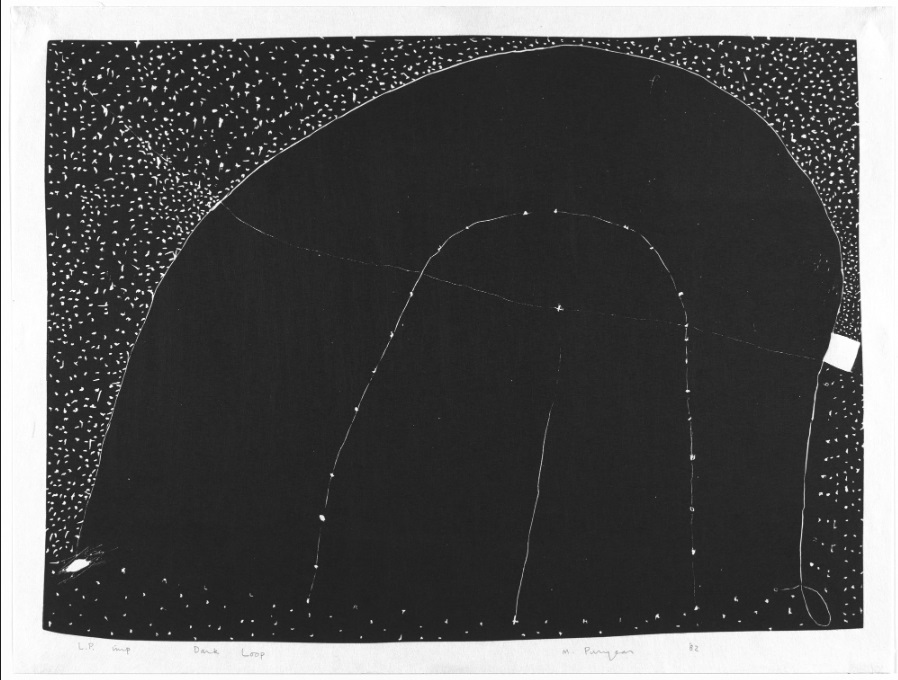
Martin Puryear is a well-known American sculptor whose carefully constructed abstract forms, which skillfully combine modernist aesthetics with traditional craft processes, have left an enduring impression on the art world. Puryear, born in 1941 in Washington, D.C., has explored materiality, shape, and cultural meaning in great detail throughout his artistic career.
Because Puryear draws inspiration from various sources, including architecture, nature, and international artistic traditions, his work frequently resists simple classification. His sculptures, distinguished by their delicate craftsmanship and organic shapes, combine minimalist sensibilities with a deep understanding of cultural and historical histories.
Julie Mehretu
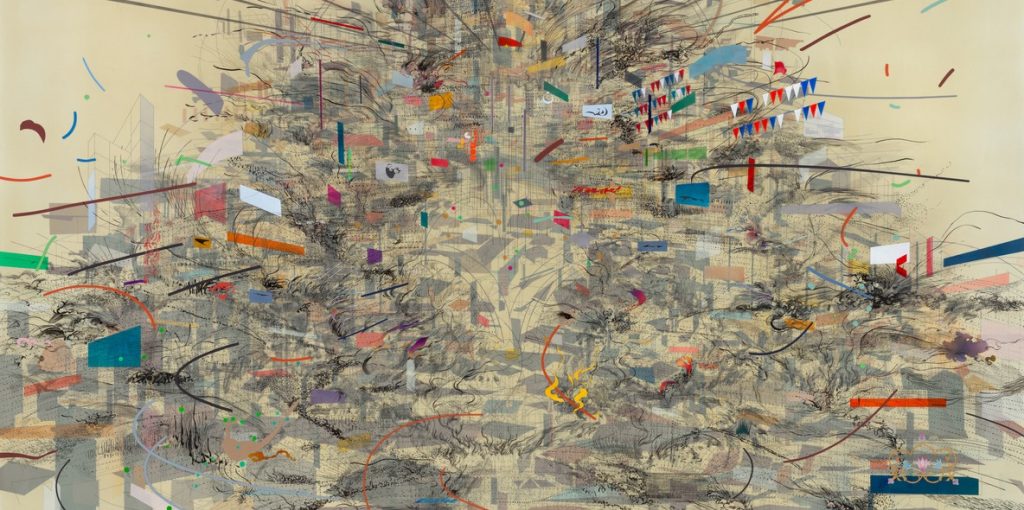
Born in 1970 in Addis Ababa, Ethiopia, Julie Mehretu is a modern artist whose vibrant and detailed abstract paintings have captured the attention of viewers worldwide. Mehretu is a prominent artist in contemporary art, known for her ability to produce visually complex pieces that tackle migration, globalisation, and cultural identity.
Mehretu’s background in Ethiopia and her upbringing in the United States are only two of the many varied influences that have shaped her work. Her art frequently explores the nexus between individual and societal history, building multi-layered narratives that entice spectators to explore the intricacies of the human condition.
Carrie Mae Weems
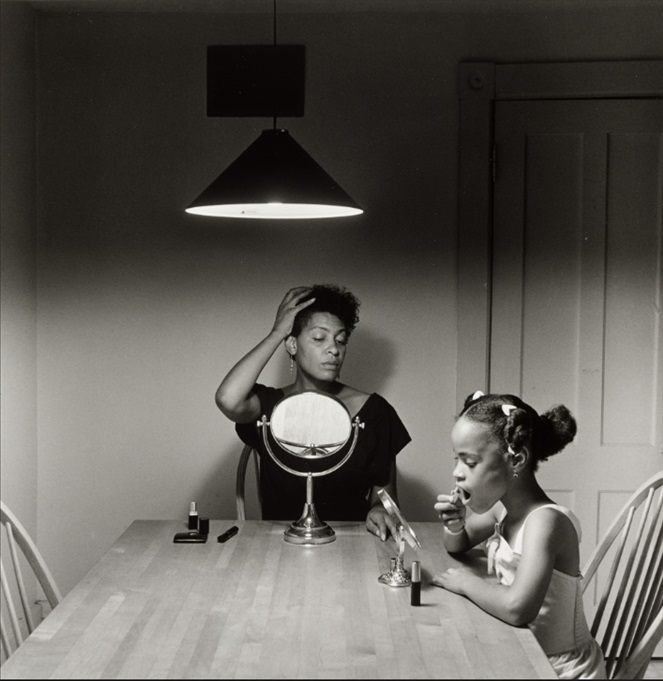
Born in 1953 in Portland, Oregon, Carrie Mae Weems is a well-known visual artist whose innovative photography and multimedia installations have significantly influenced the art world. Weems, renowned for her engaging investigation of race, gender, and identity, invented a visual language beyond the intimate to disclose larger societal patterns.
Weems frequently uses her photographic series as a potent lens to examine complex societal topics. Weems uses a visual storey to document a woman’s private moments and struggles in her rebellious work “Kitchen Table Series” (1990), which touches on love, loss, and self-discovery themes. Because of the series’ capacity to incorporate individual tales into a general picture, it established a benchmark in contemporary art.

